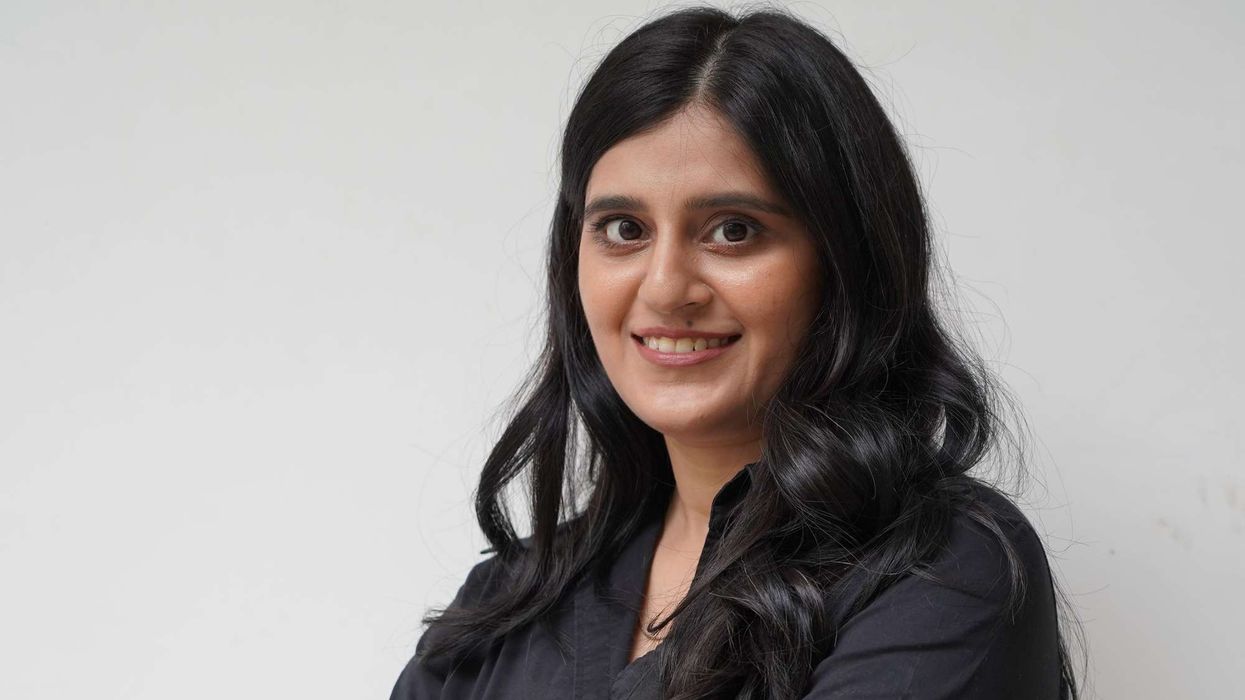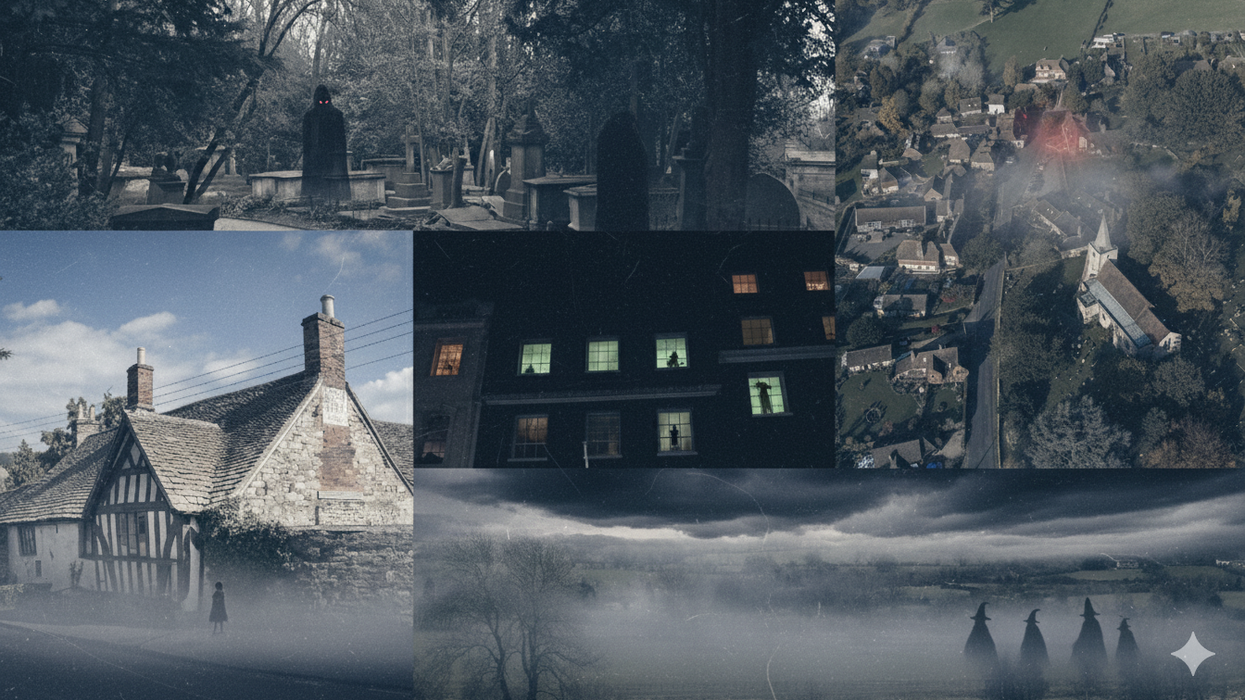In Burhanpur, Madhya Pradesh, Anand Prakash Chouksey has built a striking replica of the Taj Mahal — not as a monument to grandeur, but as a tribute to his wife. The house, designed as a symbol of enduring love and modesty, has captured the internet’s attention following a viral video tour.
The house is a four-bedroom property built using Makrana marble — the same stone used in the original Taj Mahal in Agra. While the original monument's dimensions are in metres, Chouksey’s version was constructed using scaled-down measurements in feet. This results in a structure roughly one-third the size of the original, but retaining key architectural elements such as domes, carved pillars, and Mughal-style arches.
Located on school campus founded by owner
What makes the house even more distinctive is its location within the grounds of a school established by Chouksey himself. In a now-viral video shared by content creator Priyam Saraswat, Chouksey offers a tour of the home and highlights personal touches embedded in its design.
One notable detail is a buffalo motif on the floor — a nod to Chouksey’s early life distributing milk. He explained that this reminder of his humble beginnings serves as a daily lesson in staying grounded and avoiding arrogance.
Viral video receives overwhelming praise
The video, shared on Instagram, quickly gained traction, racking up over 6.5 million views within just eight hours. Viewers were drawn not only to the impressive architecture but also to the emotional story behind the home.
Comments across social media praised the gesture and the message it conveyed. “Uncle has a more beautiful heart than his Mahal,” one user wrote, while another highlighted the buffalo symbol as a meaningful lesson in humility. Many also remarked on the positive energy and “cool vibe” of the homeowner.
Promoting unity through design
Inside, the home reflects a blend of traditional Islamic design and modern interiors. Future plans reportedly include placing the Indian national flag on top of the structure and adding symbols from India’s major religions on the minarets. According to Chouksey, the aim is to promote a message of unity and peace in an often divided world.
The replica Taj Mahal in Burhanpur stands not only as an architectural feat but also as a reminder of love, simplicity, and the importance of staying connected to one’s roots.







 Jahanvi Tiwari is reshaping global beauty by celebrating brown skin Jahanvi Tiwari is reshaping global beauty by celebrating brown skin
Jahanvi Tiwari is reshaping global beauty by celebrating brown skin Jahanvi Tiwari is reshaping global beauty by celebrating brown skin  Jahanvi Tiwari celebrates brown beauty for a global audience
Jahanvi Tiwari celebrates brown beauty for a global audience The Brown Daughter creator champions inclusivity and self-confidence
The Brown Daughter creator champions inclusivity and self-confidence Jahanvi Tiwari turns representation into a lifestyle movement
Jahanvi Tiwari turns representation into a lifestyle movement 






